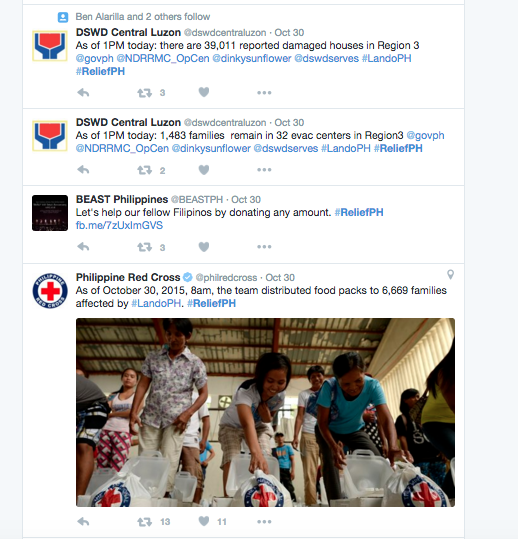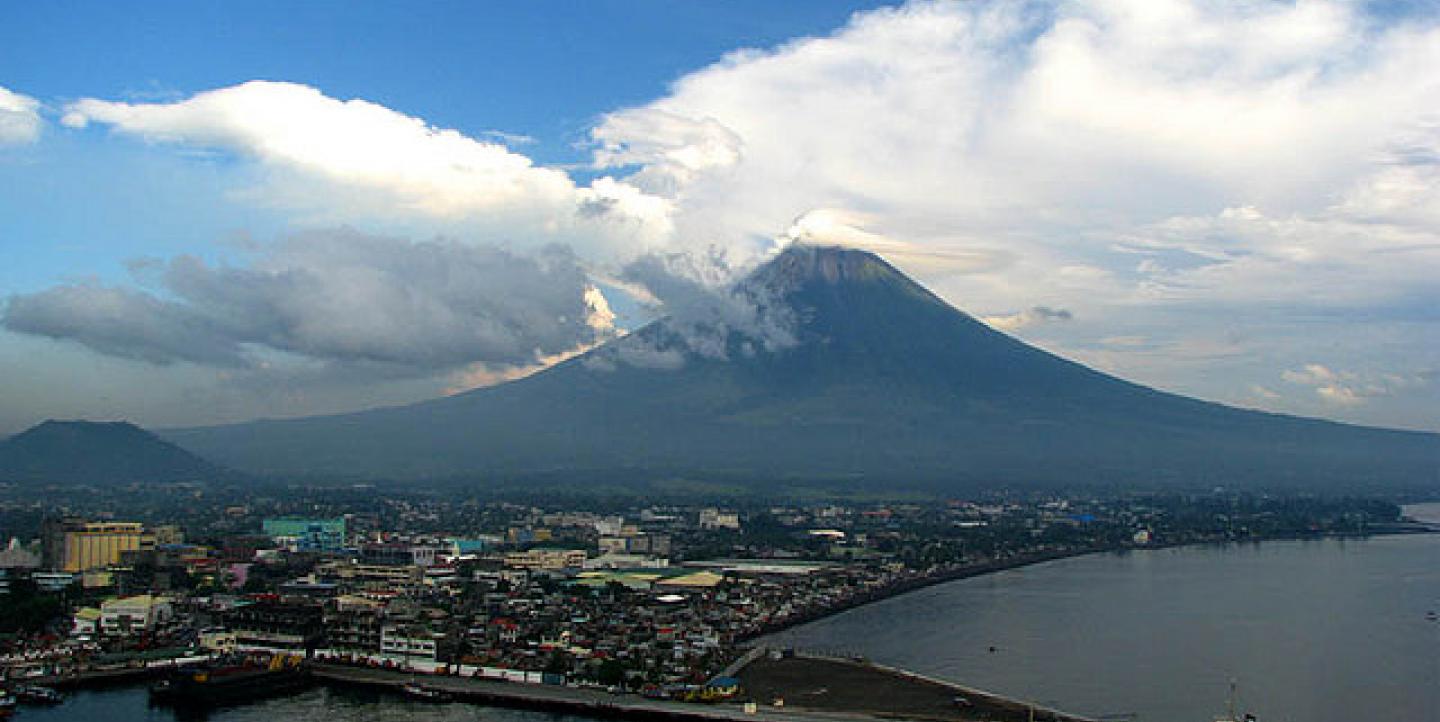For such a small archipelagic country, the social media power of the Philippines has always been a paradoxical surprise for Internet experts, dubbed both the social media capital and selfie capital of the world.
In October, the country smashed the Twitter world record during a popular Filipino show, EatBulaga. With 41 million tweets, the show’s hashtag #AlDUbEBTamangPanahon thrashed the 35.6 million tweets set by the 2014 FIFA World Cup as the most tweeted event in history.
With a serious penchant toward expressing themselves online, citizens move past tweeting entertainment and take to social media to report the news.
A new media revolution
The rise of social media opened a new breadth for the traditional media in the Philippines. Apart from causing a shift in media usage and patronage, social media revolutionized media engagement.
Social media has elevated the power of the Filipino audience to influence content, treatment of stories and even the manner of news presentation. Today, Filipinos actively participate in documenting events. Citizens become journalists.
According to the January 2015 digital report of We Are Social, the Philippines is a world leader in social media penetration, with over 94 percent of its Internet users actively using Facebook. This is 40 percent higher than users in the United States.
In the Philippines, social media proved to be a potent journalism tool, which is especially valuable during disasters.
Social media and disasters
From typhoons to earthquakes and volcanic eruptions, the Philippines is among the most vulnerable countries to natural disasters.
Filipinos have become especially adept in monitoring typhoons through social media. Government agencies, the media and concerned NGOs have adopted a constant hashtag formula in curating social media posts on typhoons. Thus is the birth of hashtag typhoon name plus PH, i.e. #YolandaPH, #GlendaPH and #LandoPH.

Weather bulletins, flood level and other geohazard updates, as well as preparation and evacuation instructions, are being reported using the hashtag. This hashtag formula has now become a social media norm in reporting typhoons in the Philippines.
A tool for newsgathering
Apart from becoming a tool for information dissemination, social media has also become a source of news itself. Newsrooms refer to social media for additional information, and even for photos and videos. This is especially true when reporting the aftermath of disasters.
Filipinos tweet, post and constantly update their personal accounts about the recent disasters. Journalists also use social media to get leads on stories to pursue.
During the aftermath of Super Typhoon Haiyan in 2013, many of the most compelling videos shown on national TV came from citizens who documented the landfall through their smartphones and uploaded them on social media.
Filipino news agencies like GMA News and Rappler have come up with citizen journalism portals available via web and app to facilitate contribution of reports from citizen journalists.
GMA News offers "YouScoop," which has an app downloadable via App Store, Google Play and the Microsoft Store. "YouScoopers" can also opt to tag user contributions via YouScoop’s social media accounts.
A tool for civic engagement
Engagement has become real-time and interactive, more than ever. Through social media, Filipinos can directly and easily communicate with news organizations and government agencies to follow up information on disasters.
Conversations with concerned agencies and the media were made accessible through chats on the comment boxes of posts. These once-elusive TV and print media have become a click away from the comforts of the audiences’ home.
Communication lines were shut down after the landfall of Haiyan in Eastern Visayas, Philippines in 2013. Survivors had difficulty connecting to their loved ones and the outside world.
Filipinos tracked their loved ones on social media as media outlets created lists of survivors that were later uploaded on Facebook.
If you're looking for information about your loved ones who may have been affected by Typhoon Yolanda, we're posting...
Posted by GMA News on Sunday, November 10, 2013
Netizens also use #RescuePH and #ReliefPH to report much-needed rescue and relief assistance.
Inspiring innovation
From being mere hashtags on Twitter, #RescuePH and #ReliefPH catapulted the creation of mapping platforms like Rappler's Project Agos, a collaborative communication platform that connects citizens to concerned government agencies and sectors of the society through social media mapping.
In 2014, Facebook added a Safety Check feature. Once activated in countries recently hit by natural disasters, Safety Check allows users to select "I’m Safe," and a notification and News Feed story will be generated with the update. This Facebook feature was first widely used in the Philippines after Typhoon Ruby in 2014.
What now?
Social media has proven its value in harnessing communications for disaster preparedness, mitigation, rescue and relief in the Philippines.
Social media empowered the audience, but it likewise entailed greater responsibility. Since the Internet offers a wide selection of news sources, audience should be more discerning. People should turn to credible news sources for verified reports.
While the traditional media in the Philippines seem successful in adapting and coexisting with social media, there still remains a wide spectrum of untapped digital resources that could improve disaster reporting, especially in terms of following up with stories on the rehabilitation stages of disasters.
Currently, the Philippine government’s recovery responses are surrounded by myriad issues. Despite the fact that they raised more than half a billion dollars of donations for the victims of Haiyan, approximately 130,000 internally displaced persons are still homeless in disaster zones.
The Philippines media is currently preoccupied by the politics of the May 2016 presidential elections. Even after two years, stories on the rehabilitation responses are dumbed down into mere profiles of the displaced victims. If not sufficient, thorough and data-packed reports on the pending government projects and the missing donations are disorganized, making it hard for the audience to follow through on issues.
Main image CC-licensed by Flickr via Storm Crypt.

